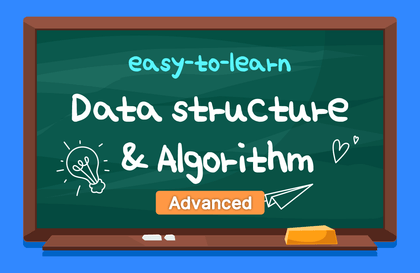
그림으로 쉽게 배우는 자료구조와 알고리즘 (심화편)
감자
이 강의를 통해 비선형 자료구조와 알고리즘을 배울 수 있습니다.
초급
알고리즘
This course will help you understand how the seemingly magical Internet works.
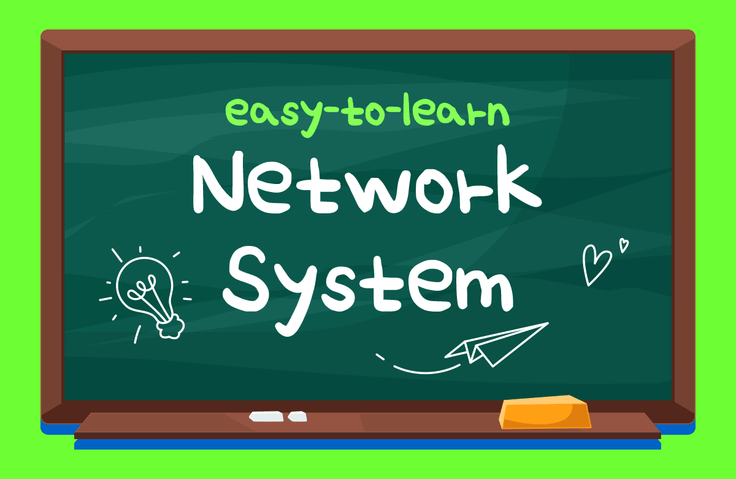
computer network
Computer Science (CS)
The Structure of the Internet
Computer networks that developers must know
I'll teach you in a fun and easy way with pictures! 😁
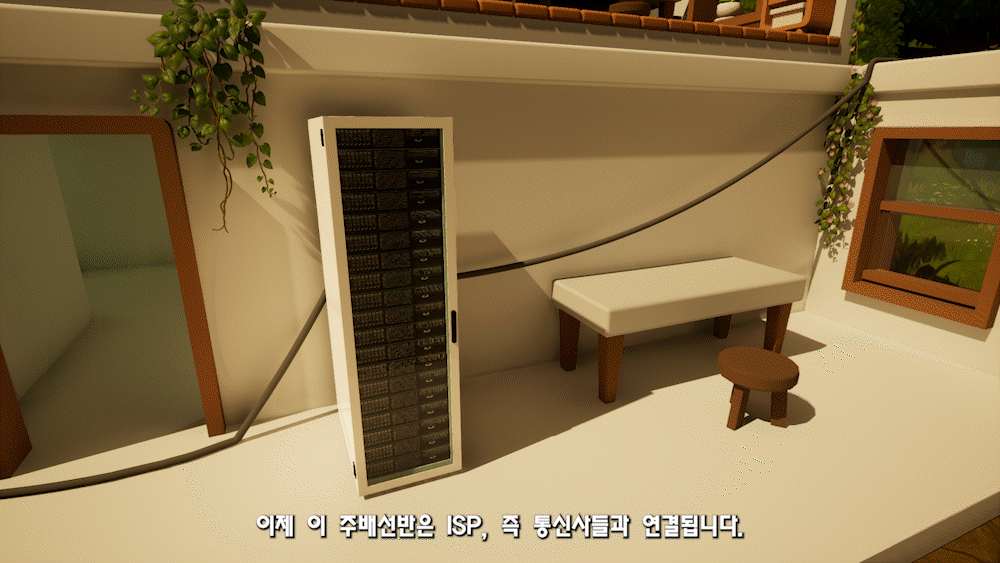
It's heartbreaking to see developers struggling with fundamentals, unsure of what to learn. They're pressed for time, and simply keeping up with the latest technologies seems overwhelming. While cutting-edge technologies are certainly important, fundamentals are even more crucial in computer science. Once you have a solid foundation in the fundamentals, you can easily learn more exciting and popular technologies at any time.
Most applications today utilize the Internet to communicate with other users. However, developers who create these applications often lack a thorough understanding of how networks work. If developers who use networks lack a thorough understanding of the network, they won't know which parts of the network they're using, making it difficult to learn new knowledge or troubleshoot problems. Network theory remains timeless, so once learned, it becomes a lifelong tool .
Features of this course 💡
✔️ There are many picture-based explanations so that even non-specialists can easily learn about networks.
✔️ 3D graphics provide an intuitive overview of what network equipment actually looks like and how they are connected to each other.
✔️ We explain only the key points concisely so that you can understand them without difficulty.
😎
College students before taking classes
Before taking a network class, I want to understand the big picture of networks!
🥲
college students who took the class
I learned about various protocols in class, but I still don't understand how the Internet works and how various devices connect and communicate!
🤔
Non-major
When I think of a network, I only think of it as a way for things to communicate with each other. I don't know how it works! Isn't that something the telecommunications company or operating system takes care of?
😥
job seekers
My company uses cloud services like AWS, but when I read the AWS documentation, I encounter so many unfamiliar terms. I'm worried that during my interview, I'll be asked if I have the basic understanding to understand these terms, and I'm not prepared at all.
Before diving into networking, let's define some essential terminology. Let's warm up, shall we?


We'll explore the devices and technologies at the physical and data link layers, corresponding to Layers 1 and 2 of the five-layer TCP/IP model and the seven-layer OSI model. Because this layer is the most distant from developers and thus often feels vague, we'll delve into the specifics of what devices are and how they connect.
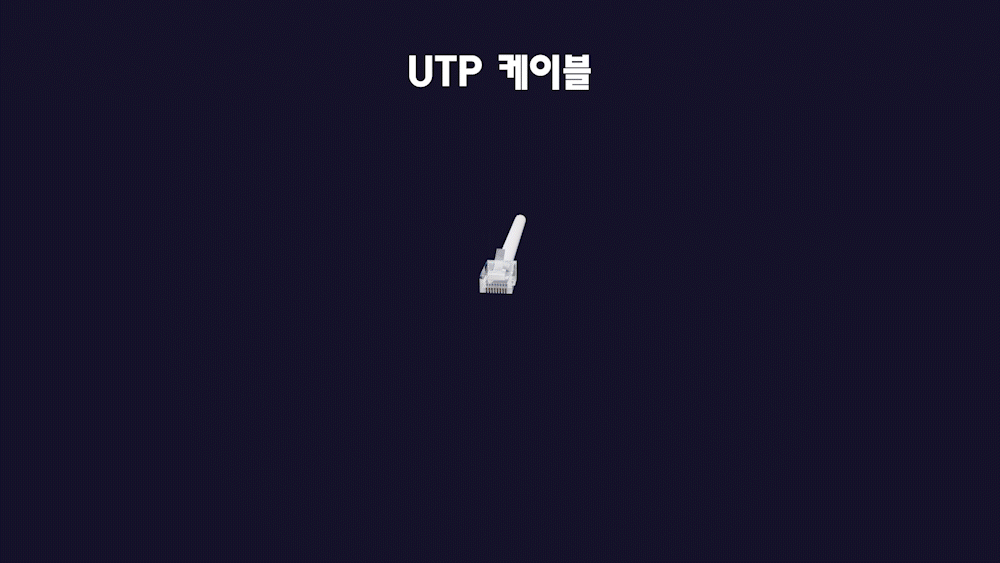

Learn how the network layer emerged and what devices and technologies exist at that layer.


Why is the transport layer necessary? Let's learn about TCP and UDP, which represent the transport layer.

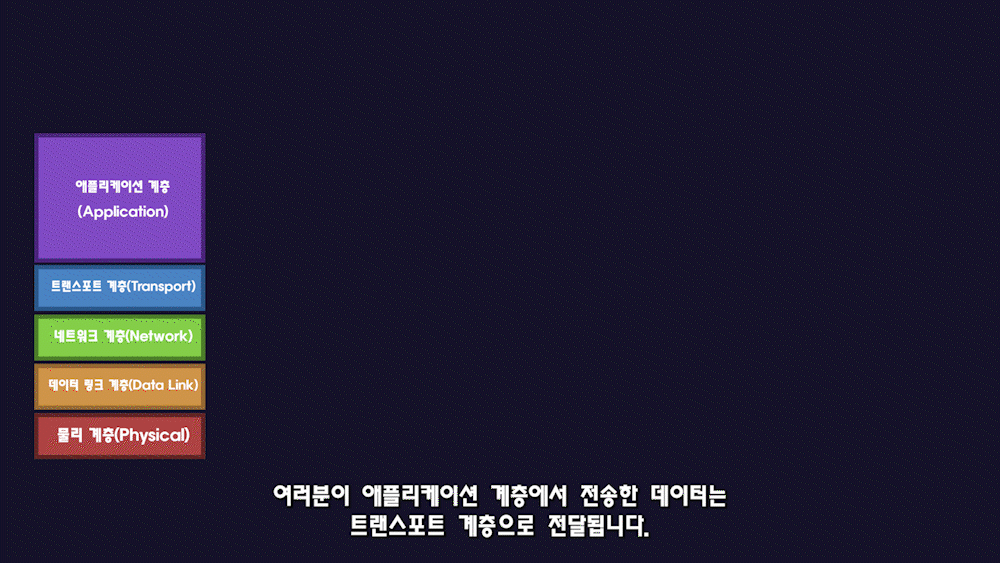
Let's learn about the application layer, which corresponds to layer 5 of the TCP/IP five-layer model and layers 5 through 7 of the OSI seven-layer model. The application layer allows users (developers) to easily create applications.
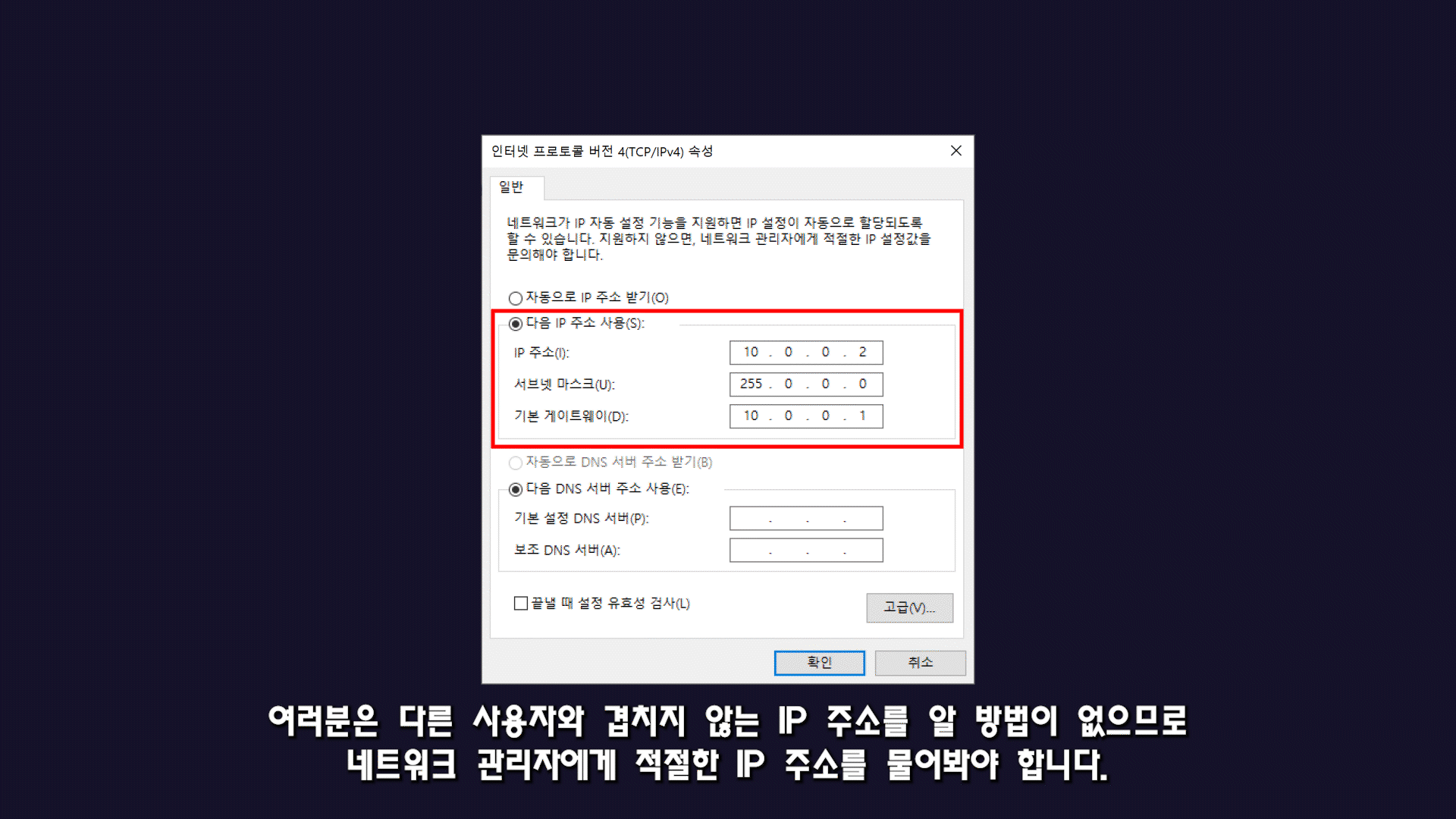

This is a time to learn about terms that are often heard while developing and to organize what you have learned so far by putting together pieces of knowledge.
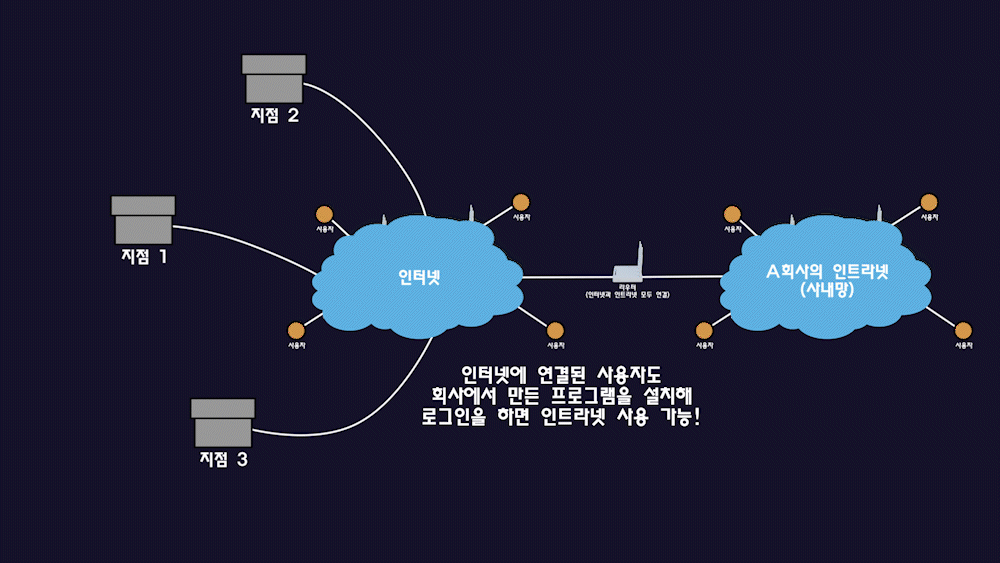

Q. Why should I learn networking?
When learning new technologies, it serves as a landmark, indicating where you are in the networking world and what technologies you'll learn in the future. For example, using a cloud service like AWS or Azure can feel overwhelming and daunting without networking knowledge. Furthermore, if you encounter a problem while programming a network, even if someone offers a solution, you might not understand it.
Networking knowledge is essential. 😎
Q. Is this a course that non-majors can also take?
Yes, this course will serve as a guide not only for those who have already taken a networking course, but also for those who lack networking knowledge. 😊
Q. What level of content is covered in the class?
This guide covers the broad flow of networking. For example, when explaining packet structure, we provide conceptual explanations to help you understand the role of each field. Specific examples of field values are provided through attached files and links to technical documentation for a more detailed look.
Who is this course right for?
For those of you who are curious about how the Internet works
For those who want to understand the concepts clearly before taking major classes
Those who learned about networks in their major classes but have difficulty understanding the overall structure
Non-majors who want to strengthen their fundamentals
8,025
Learners
561
Reviews
331
Answers
4.9
Rating
8
Courses
저는 인프런에서 컴퓨터 과학(CS) 강의를 준비하고 있는 감자라고 합니다! 😄
학생과 주니어 개발자들이 AI 시대에 단순히 AI에 밀려나지 않고, 기본기를 탄탄히 다져 AI를 능숙히 활용하는 개발자로 성장할 수 있도록 돕는 것을 목표로 합니다.
All
56 lectures ∙ (5hr 12min)
Course Materials:
1. dashcam
03:12
2. Protocol
02:12
3. History of Networking
06:23
5. Server and client
02:37
7. Network topology
04:57
11. Cable
03:14
12. LAN card
02:21
13. MAC address
02:38
15. Repeater
06:41
16. Herb
07:53
19. CSMA/CD
08:36
20. Bridge
02:47
21. Switch
07:18
25. Network Layer
05:04
26. IP
05:49
28. IP Header (Packet)
06:01
29. Router
03:27
30. Routing protocol
04:37
32. Static routing
03:50
33. Dynamic routing
02:09
34. RIP
05:59
35. OSPF
03:49
36. BGP
07:44
37. ICMP
04:43
39. NAT and PAT
17:55
All
129 reviews
4.9
129 reviews
Reviews 3
∙
Average Rating 5.0
5
지금 한시간 정도까지 강의를 듣는데, 굿굿 진짜 기초 사고력의 첫번째 바탕을 그려주는 분임 이게 진짜 입문자를 위한 강의임 다른 강사님들이 입문자 라는 타이틀을 붙인 강의들은 솔직히 입문자 및 비전공자들의 입장에서 초급자 및 중급자 강의라고 생각이 됩니다. 완전 감탄했습니다!!! 진짜 이 분은 더 유명해져야 합니다!!
제가 입문할 때 들었던 궁금증, 교수님께서 해주셨던 말씀에서 지금 와서 느껴지는 점을 알기 쉽게 그림으로 전달해드리려고 정성껏 제작했는데 도움이 되셨다니 너무 좋습니다 .😊 소중한 수강평에 저도 완전 감탄했습니다!! 감사합니다 무당님!
Reviews 1
∙
Average Rating 4.0
Reviews 2
∙
Average Rating 5.0
Reviews 6
∙
Average Rating 3.7
$51.70
Check out other courses by the instructor!
Explore other courses in the same field!